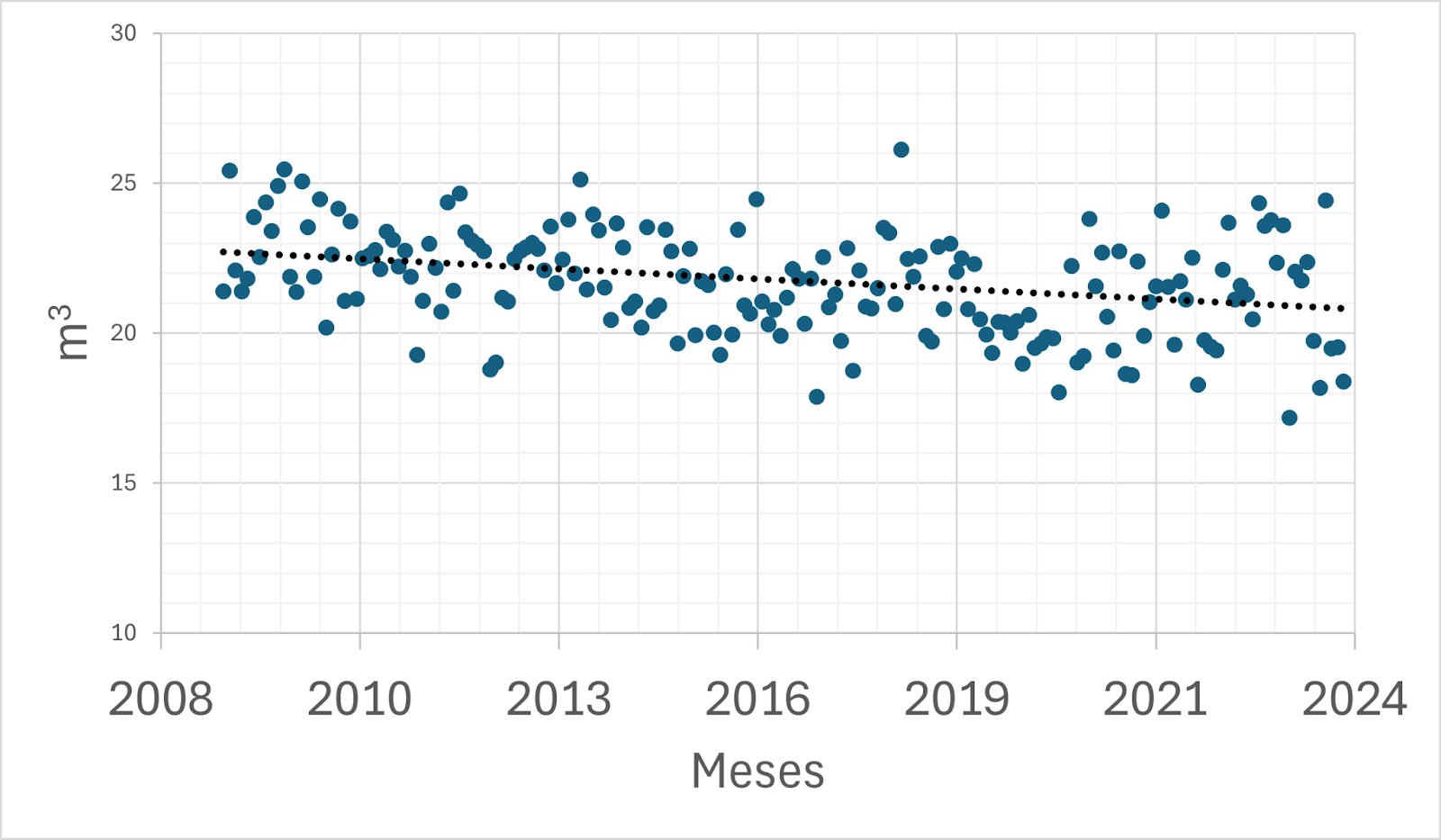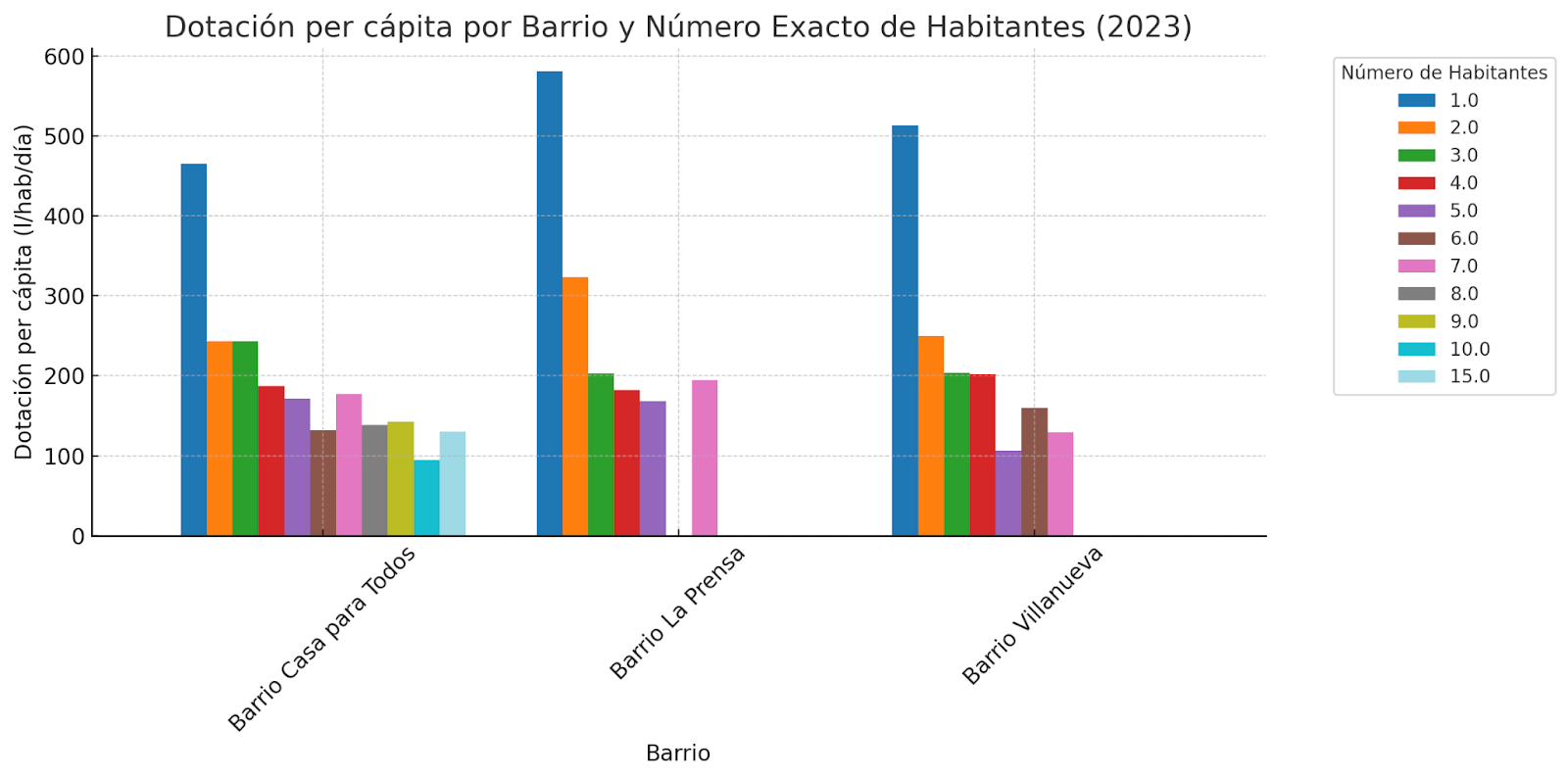As part of the SWACH project, a study is being conducted on residential drinking water demand in the city of Cuenca. The study focuses on three pilot neighborhoods, with the objective of gathering information on household water use habits and perceptions. It also aims to collaboratively identify, together with residents, strategies for responsible water consumption that they are willing to implement.
The following criteria were defined for the selection of neighborhoods:
- Predominantly residential land use and supplied by ETAPA-EP through the Tomebamba System (with a prevalence of single-family homes, low levels of commercial activity, and no industrial or agricultural activities).
- Presence of social organization (leadership, neighborhood association) and a clearly defined territorial identity.
- Common sociodemographic characteristics within each neighborhood, but distinct from one another (e.g., lot size, population density, presence of state welfare beneficiaries).
- Internet connectivity and, preferably, location within the area of influence of the University of Azuay.
Based on these criteria, the neighborhoods Casa para Todos, La Prensa, and Villanueva were selected. During assemblies convened by their respective leadership, the neighborhoods agreed to participate in the SWACH project.
To gather information on consumption habits and perceptions, a survey consisting of 65 questions was developed. These questions were organized into categories related to: household characteristics and family composition; perceptions of water consumption; household activities and practices that require water; perceptions of water availability under climate change scenarios; and willingness to adopt changes in consumption habits.
The surveys were conducted between May and June 2023, involving a total of 850 participants across family groups in the following neighborhoods:
110 from Casa para Todos
62 from La Prensa
63 from Villanueva
The number of surveys per neighborhood was determined based on the number of properties/water meters. The survey process was supported by Environmental Engineering students from the University of Azuay (UDA), while students from the University of Cuenca assisted with manual water meter readings on a weekly basis over a five-month period.
As of October 2024, we are in the process of identifying “pilot households” within the three neighborhoods. Through home visits, more in-depth information is being collected on water use patterns, habits, frequency, and housing characteristics that influence water consumption.
In parallel with the analysis of data collected through SWACH, we are also analyzing water consumption records provided by ETAPA-EP.
Preliminary Results
SURVEY DATA SUMMARY:
• 57% do not know how many cubic meters of water they consume per month.
• 57% are unaware of the existence of differentiated water tariffs.
• 96% wash dishes by hand.
• 90.7% of households cook at home.
• 91% of households drink tap water directly.
• 56.6% believe their water supply comes from El Cajas National Park and the páramo ecosystem.
• 87.6% express concern about the future availability of water.
• 82% of households use gas water heaters.
• 15.7% use electric showers.
• 81% report not washing any vehicles at home.
• The average shower time across the three neighborhoods is 10 minutes.
• 75% are willing to use rainwater.
• 74% use a washing machine.

Historical Average Water Consumption in the Three Neighborhoods:
An analysis of water consumption data provided by ETAPA-EP from 2008 to May 2024 reveals a slight decrease in the average household consumption, from 23 m³ to 21 m³ per month.
MONTHLY CONSUMPTION 2008–2023 IN THE NEIGHBORHOODS OF CASA PARA TODOS, LA PRENSA, VILLANUEVA

Source: ETAPA-EP. Developed by: SWACH
Daily Water Supply (in Liters) for the Three Neighborhoods:
Analyzing the consumption data reported by ETAPA-EP in relation to the number of inhabitants per household, based on information collected by SWACH, we observe a trend indicating a directly proportional relationship: The greater the number of people per household, the lower the per capita consumption.
This graph also reveals a significant difference among the neighborhoods, with households of four persons exhibiting the most homogeneous consumption pattern.

Source: ETAPA-EP and SWACH
Developed by: SWACH
If you would like to learn more about SWACH and the potable water demand study conducted in the three selected neighborhoods, as well as possible strategies for responsible consumption, please contact us at: swach@uazuay.edu.ec.
Developed by: SWACH Social Team
![]() https://elmercurio.com.ec/2023/03/22/agua-recomendaciones-cuidado-hogar/
https://elmercurio.com.ec/2023/03/22/agua-recomendaciones-cuidado-hogar/![]() http://elmercurio.com.ec/.../swach-manejo-sostenible-agua/
http://elmercurio.com.ec/.../swach-manejo-sostenible-agua/




























